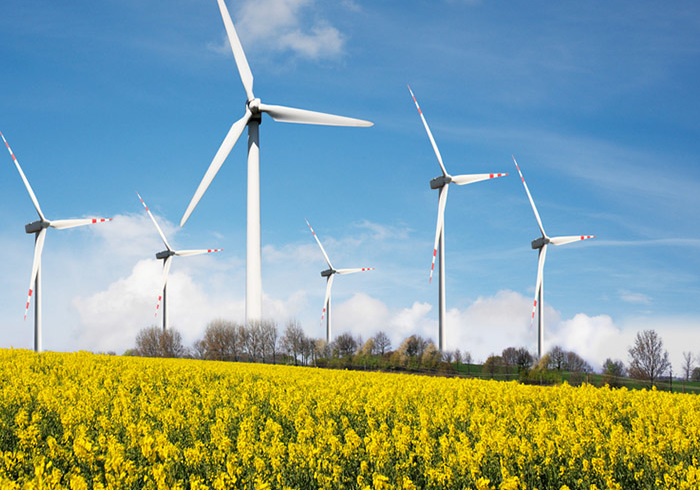
Outdoor garden grows can produce many fruitful benefits. If you have the space for an outdoor garden, then it makes sense to consider one to meet your needs. Outdoor grows are necessary for people who plan to produce greater amounts of herbs, fruits, and vegetables. More space is required in order to account for the size of the plants. However, growing outdoors requires preparation. Simply putting the seeds in the ground and hoping for the best will set you up for failure. Issues such as plant protection, growing processes, water consumption, and location are all important to consider.
A major aspect to growing outdoor gardens is to prepare the chosen area. The area of your choice must receive direct sunlight for a majority of the daylight hours. This is critical if you hope to produce plenty of fruit. Once the area is chosen, you must consider whether or not it is a high traffic area. Young kids who play in the yard might have the potential to damage the plants if they are located near their play area. The same can be said for pets as well. Proper water drainage is another important issue. If the location is in a low-lying area, then the plants might have the potential to drown or wash away during heavy rain storms.
Fencing is important to prevent predators from harming the young plants. Burrowing animals like rabbits are able to dig underneath fences to get to the plants. The fence base must be buried at least 1-3 feet under the ground to prevent this from happening. If you hope to protect the plants from deer, then you must also consider the height of the fence. Other tactics are used to ward off predators by scaring them away. Similar to a scare crow, a cut-out of a dog or a person can ward off these animals. Birds-of-prey, such as owls and hawks ward off rabbits. Deterrent cut-outs like these can work wonders.
Although outdoor plants have the potential to produce the most fruits and vegetables, you must start them indoors if you are growing them from seed. Many people make the mistake of placing seed outdoors, and then they wonder why the plants are not growing. Often, the seeds are washed away by rain. In other instances, birds eat the seed before it has time to germinate. The best option is to germinate the seeds indoors, within a dark place. Seeds should be placed between damp paper towels in order to ensure that they sprout roots.
Once the seeds have sprouted, you must use a process of transplanting before they are moved outside. As the plants grow, they need to be moved to steadily larger cups and pots to account for root space. During this process, careful fertilization monitoring is essential so that the young plants do not start to burn. If you follow the right process for an outdoor growing season, then your garden will become successful.